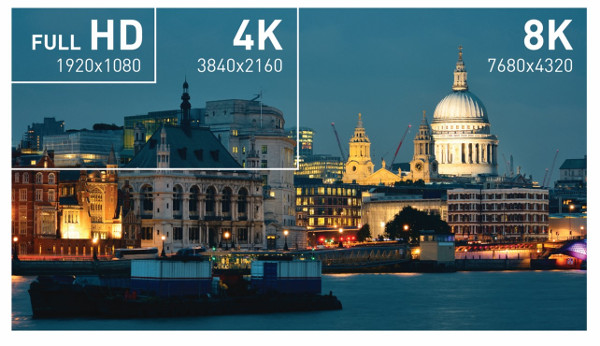ARC does not work with my LG OLED tv and NAD receiver. When asked for support help, both companies basically said the ARC standard was so open to interpretation that they couldn't help solve the problem. ARC worked ok with the same receiver and my Sony LED tv, although even that was flaky at times.
What can be done in 2.1 specs for ARC and CEC to ensure that different manufacturers' devices interoperate correctly and consistently with each other?

































































